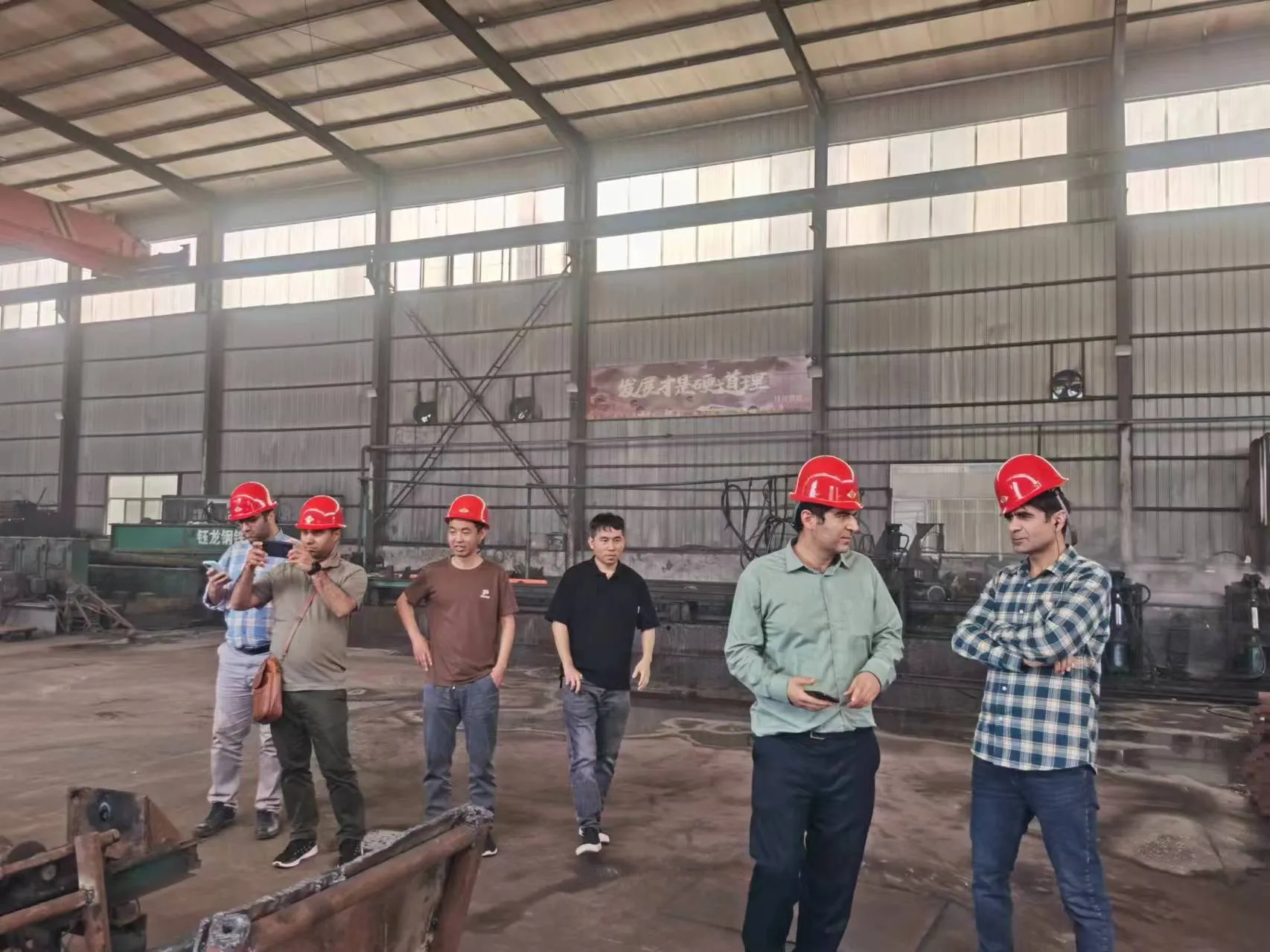-
Cangzhou Yulong Steel Co., Ltd.
-
Phone:
+86 13303177267 -
Email:
admin@ylsteelfittings.com
- English
- Arabic
- Italian
- Spanish
- Portuguese
- German
- kazakh
- Persian
- Greek
- French
- Russian
- Polish
- Thai
- Indonesian
- Vietnamese
- Zulu
- Korean
- Uzbek
- Hindi
- Serbian
- Malay
- Ukrainian
- Gujarati
- Haitian Creole
- hausa
- hawaiian
- Hebrew
- Miao
- Hungarian
- Icelandic
- igbo
- irish
- Japanese
- Javanese
- Kannada
- Khmer
- Rwandese
- Afrikaans
- Albanian
- Amharic
- Armenian
- Azerbaijani
- Basque
- Belarusian
- Bengali
- Bosnian
- Bulgarian
- Catalan
- Cebuano
- China
- China (Taiwan)
- Corsican
- Croatian
- Czech
- Danish
- Esperanto
- Estonian
- Finnish
- Frisian
- Galician
- Georgian
- Kurdish
- Kyrgyz
- Lao
- Latin
- Latvian
- Lithuanian
- Luxembourgish
- Macedonian
- Malgashi
- Malayalam
- Maltese
- Maori
- Marathi
- Mongolian
- Myanmar
- Nepali
- Norwegian
- Norwegian
- Occitan
- Pashto
- Dutch
- Punjabi
- Romanian
- Samoan
- Scottish Gaelic
- Sesotho
- Shona
- Sindhi
- Sinhala
- Slovak
- Slovenian
- Somali
- Sundanese
- Swahili
- Swedish
- Tagalog
- Tajik
- Tamil
- Tatar
- Telugu
- Turkish
- Turkmen
- Urdu
- Uighur
- Welsh
- Bantu
- Yiddish
- Yoruba

Sep . 19, 2024 11:32 Back to list
astm a333 gr 6
Understanding ASTM A333 Grade 6 Key Properties and Applications
ASTM A333 is a specification for seamless and welded steel pipes intended for low-temperature applications. Among the various grades defined under this standard, Grade 6 is particularly significant due to its excellent performance characteristics at sub-zero temperatures. This article will delve into the essential properties, applications, and benefits of ASTM A333 Grade 6 steel pipe.
Chemical Composition
The chemical composition of ASTM A333 Grade 6 steel pipe is crucial in defining its mechanical properties and suitability for various applications. Grade 6 typically consists of a carbon content of up to 0.30%, ensuring a balance between strength and ductility. The alloying elements, including manganese (up to 1.65%), silicon (up to 0.45%), and phosphorous (max 0.03%), contribute to the material's toughness and resilience. The controlled content of these elements minimizes embrittlement and enhances performance in low-temperature environments.
Mechanical Properties
One of the standout features of ASTM A333 Grade 6 is its mechanical properties, which remain stable at cryogenic temperatures. The specification mandates a minimum yield strength of 35,000 psi (approximately 240 MPa) and a tensile strength between 60,000 and 90,000 psi (415 to 620 MPa). Moreover, the elongation percentage at fracture is a minimum of 21%, which highlights the material's ductility. Such properties make Grade 6 an ideal choice for applications involving severe temperature variations.
Low-Temperature Performance
astm a333 gr 6

ASTM A333 Grade 6 is designed for use in environments where temperatures can drop significantly. Its Charpy V-notch impact test values indicate that this grade provides excellent impact toughness at temperatures as low as -50°F (-45°C). This characteristic is particularly important in industries like oil and gas, where materials must endure harsh conditions without losing integrity or functionality.
Applications
Due to its unique properties, ASTM A333 Grade 6 is widely used in several critical applications. The oil and gas sector is one of the primary consumers of this material, utilizing it for pipelines, storage tanks, and processing facilities that operate in low-temperature conditions. Additionally, Grade 6 is often employed in the construction of cryogenic storage tanks and in the manufacturing of equipment that transports liquefied gases in extreme conditions.
Moreover, industries such as chemical processing and power generation also benefit from this grade. The ability to maintain structural integrity under low temperatures makes it a vital component in various industrial processes, ensuring safety and reliability.
Conclusion
In summary, ASTM A333 Grade 6 is an essential material for low-temperature applications, providing a combination of toughness, ductility, and tensile strength. Its chemical composition and mechanical properties are tailored to withstand the challenges posed by extreme environments, making it a preferred choice in several industries, including oil and gas, chemical processing, and power generation. As industries continue to explore energy sources in colder climates, the demand for reliable materials like ASTM A333 Grade 6 will undoubtedly grow, emphasizing the importance of specifications like this in modern engineering and construction. By understanding its properties and applications, engineers and designers can make informed decisions when selecting materials for challenging environments, ultimately contributing to the safety and efficacy of their projects.
Latest news
-
ANSI 150P SS304 SO FLANGE
NewsFeb.14,2025
-
ASTM A333GR6 STEEL PIPE
NewsJan.20,2025
-
ANSI B16.5 WELDING NECK FLANGE
NewsJan.15,2026
-
ANSI B16.5 SLIP-ON FLANGE
NewsApr.19,2024
-
SABS 1123 FLANGE
NewsJan.15,2025
-
DIN86044 PLATE FLANGE
NewsApr.19,2024
-
DIN2527 BLIND FLANGE
NewsApr.12,2024
-
JIS B2311 Butt-Welding Fittings LR/SR 45°/90° /180°Seamless/Weld
NewsApr.23,2024











